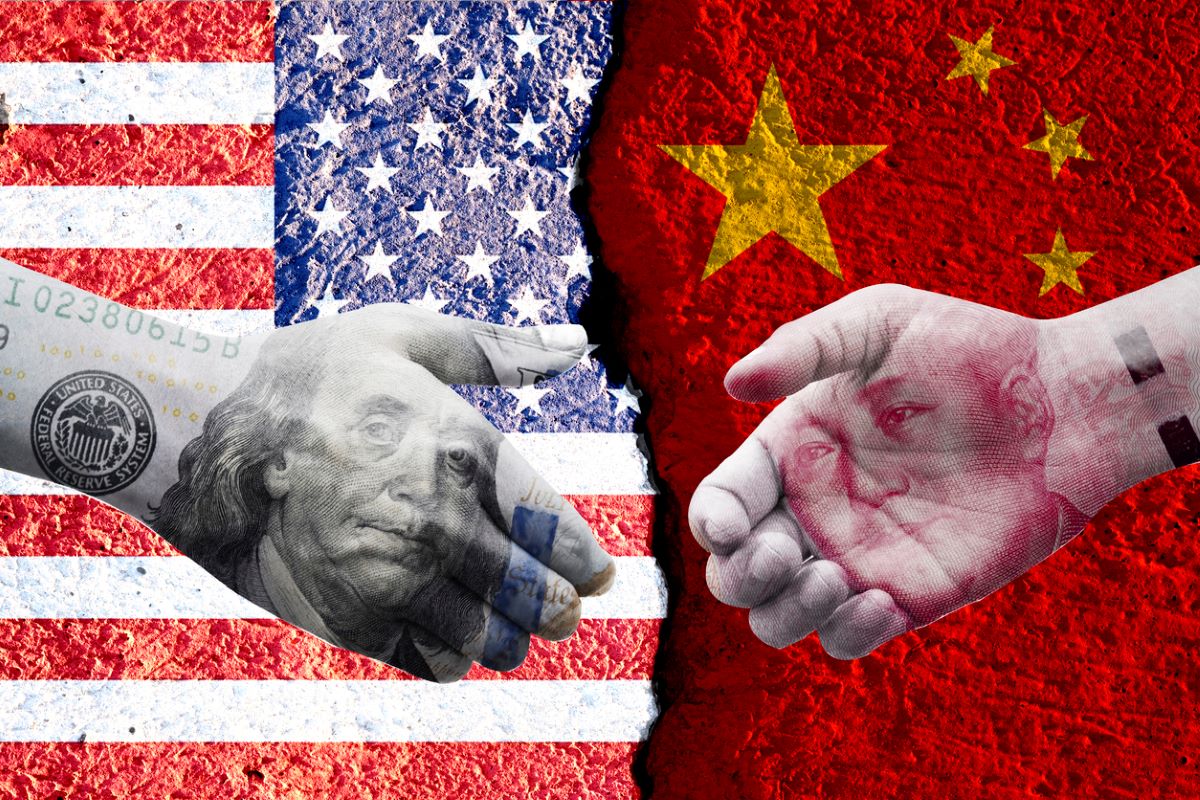The relationship between the United States and China has always been a delicate dance of power, influence, and mutual dependence. The recent announcement by President Joe Biden to significantly raise tariffs on a range of Chinese imports adds another twist to this intricate tango, potentially reshaping the dynamics of international trade and geopolitics. The decision, framed as a response to what the Biden administration perceives as unfair trade practices by Beijing, comes at a time of continuing tensions between the world’s two largest economies. With tariffs set to surge on items such as electric vehicle batteries, computer chips, and medical products, the move risks sparking a retaliatory cycle that could reverberate across industries and markets worldwide.
At the heart of this manoeuvre lies a fundamental question of economic sovereignty versus global interdependence. While proponents argue that such measures are necessary to protect domestic industries and address concerns over intellectual property theft, critics warn of the potential fallout, including higher consumer prices, supply chain disruptions, and dampened global economic growth. For India, a key player in the broader Indo-Pacific region, the developments unfolding between the US and China carry significant implications. As both countries vie for influence and economic supremacy, New Delhi finds itself in a delicate balancing act, seeking to leverage opportunities while mitigating risks. On the one hand, India stands to benefit from any re-shoring of manufacturing operations away from China, potentially presenting new avenues for investment, technology transfer, and strategic partnerships. The country’s burgeoning tech sector, in particular, could capitalise on shifts in supply chains and demand dynamics, positioning India as a viable alternative to traditional manufacturing hubs.
Advertisement
On the other hand, escalating tensions between the US and China threaten to disrupt global trade flows, disturb regional stability, and complicate India’s own economic agenda. As a major trading partner to both nations, India must navigate these turbulent waters with caution, avoiding entanglements that could undermine its long-term interests. Moreover, the Biden administration’s decision underscores a broader shift away from the traditional norms of free trade and globalisation. In an era marked by rising protectionism, nationalism, and geopolitical rivalries, countries around the world are re-evaluating their economic strategies and recalibrating their relationships with key trading partners. For India, this evolving landscape presents both challenges and opportunities. As the country seeks to emerge as a global economic powerhouse, it must strike a balance between safeguarding its own interests and engaging with the wider world.
This requires proactive diplomacy, prudent policymaking, and a willingness to adapt to changing realities on the global stage. In the end, the US-China trade saga serves as a stark reminder of the complex interplay between economics, politics, and power in today’s interconnected world. As India navigates this uncertain terrain, it must remain vigilant, agile, and forward-thinking, charting a course that safeguards its sovereignty, promotes prosperity, and advances its strategic objectives on the world stage.











